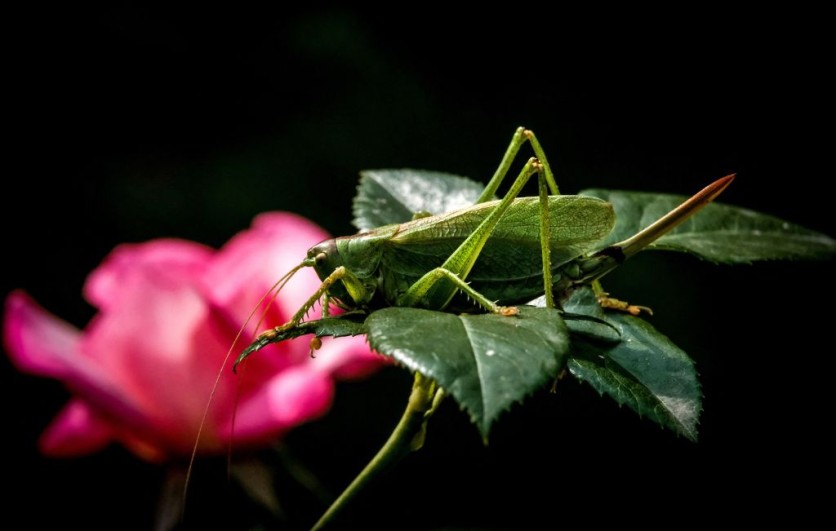The idea of using animals to detect sick humans is good, and a team of researchers from Michigan State University has released a new study that details how locusts can help with this.

The study detailed a locust-based cancer screening system, which involves surgically-altered locusts with electrodes that are implanted into their brains. These electrodes are there to capture signals from each insects' antennae. The locust's antennae are used to smell.
Also Read: New Cancer Therapy Method: Ultraviolet Light May Soon Replace Chemotherapy
The Technology
The team created a device to capture the gases emitted by the tissues from the three different types of cancerous human mouth cells they also grew. They used the device to give the locusts a whiff of the gases, and they found that their brains responded to each type of tissue differently, and they could identify sick cells with only the recording of the gasses easily.
However, the study hasn't been peer-reviewed yet, and it is unknown if the Food and Drug Administration (FDA) and other regulators will approve this procedure.
It is also important to note that the insect is dead when it comes to its body functions, and the researchers only kept their brain alive.
Despite the uncertainties surrounding the study, the team plans to continue their work. Currently, their system needs six and ten locust brains to function. They are hopeful that the new electrodes will let the team record more neurons that will make a single locust brain enough for an individual screening.
They also plan to make the device holding the brain and antennae portable. Doing so will let the team use the system outside of a lab.
What Does This Mean?
Although this system may seem to be like a huge leap in the evolution of medicine, this system is not without its faults. The study only shows the detection of cancer cells in the mouth, which can be detected and treated easily by human beings.
However, human beings can be diagnosed with many other types of cancers. For example, skin cancer, lung cancer and breast cancer can all be detected by their physical appearance and they can be treated successfully. That would make the system a lot less useful in detecting other types of cancers, but isn't this system a boon for detecting cancer in the mouth?
Locusts are extremely tiny insects and they are not a threat to your life. So, why go to such lengths to develop a whole device that can detect cancer cells? A simple sniff test would do the trick, wouldn't it?
It's unlikely that the FDA would approve this technology for use. That being said, the researchers are still optimistic about their research and will continue their experiments.
Related Article: Cancer Treatment from Himalayan Fungus Shows Promising Results in Phase 1 Trials, But Could It Be the 'Cure?'
This article is owned by TechTimes
Written by April Fowell




